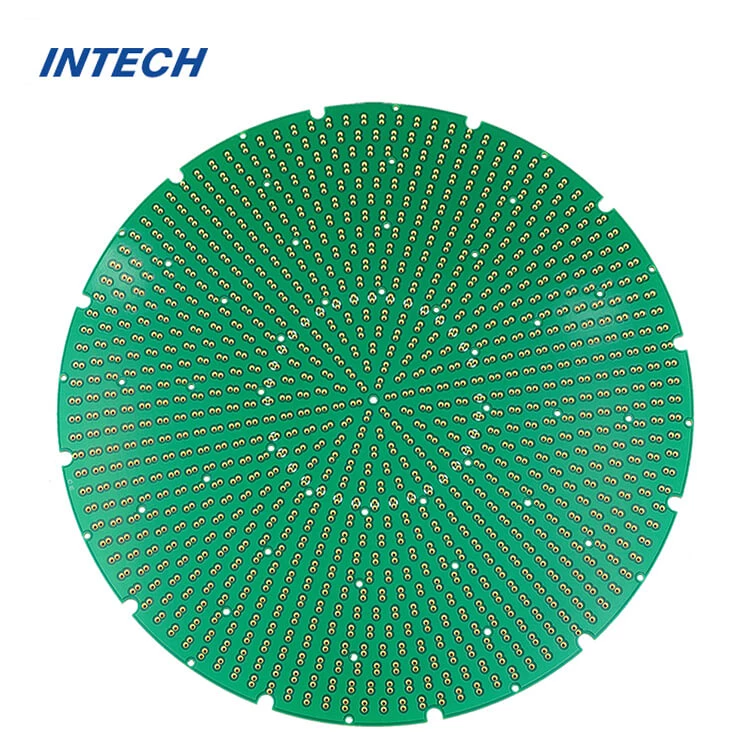What is the difference between rigid and flexible PCB?
Date:2023-07-05 17:11:41
Distinguishing the characteristics that set rigid and flexible PCB apart
The world of electronics has witnessed remarkable advancements in the field of printed circuit boards (PCBs). Two prominent types of PCBs widely used in various applications are rigid PCBs and flexible PCBs. While their fundamental purpose remains the same, there are significant differences in their design, functionality, and applications. Let's dive deeper into the dissimilarities between rigid and flexible PCBs.

1. Construction and Design
Rigid PCBs, as the name suggests, are constructed using rigid materials such as fiberglass, metals, or ceramics. They have a solid and inflexible structure, making them sturdy and rigid in nature. On the other hand, flexible PCBs, also known as flex circuits, are built using flexible polymer materials like polyimide. This allows them to bend, twist, or fold, making them suitable for applications that require adaptability and space-saving designs.
2. Manufacturing and Assembly
Rigid PCBs are typically manufactured through a subtractive process, in which unwanted copper is etched away from the base material. This method allows for precise and intricate circuit patterns. In contrast, flexible PCBs are commonly manufactured using an additive process, where copper layers are applied over the base material to create traces. This method enables the creation of complex 3D designs and interconnectivity.
3. Flexibility and Space Constraints
One of the most significant advantages of flexible PCBs is their ability to bend and twist. They are extremely thin and lightweight, which makes them ideal for applications with space constraints. Rigid PCBs, on the other hand, lack the flexibility of their counterparts and are more suited for applications that require stability and durability.
4. Reliability and Durability
Flexible PCBs are highly reliable when subjected to vibrations, shocks, and repetitive flexing. Their flexible nature allows them to withstand physical stresses that rigid PCBs may not tolerate. Rigid PCBs, being more rigid and robust, are known for their durability and ability to withstand higher temperatures and harsh environments.
5. Cost and Suitability
Rigid PCBs are generally more cost-effective due to their simpler manufacturing processes and widespread availability. They are commonly used in everyday electronic devices and appliances. Flexible PCBs, on the other hand, are expensive due to their specialized manufacturing processes and unique characteristics. They find application in industries where flexibility, lightweight design, and space-saving solutions are crucial, such as medical devices and aerospace systems.
Conclusion
In summary, rigid and flexible PCBs differ significantly in terms of construction, design, manufacturing processes, flexibility, reliability, and cost. The choice between the two depends on the specific requirements of the application. Rigid PCBs offer stability, durability, and cost-effectiveness, while flexible PCBs provide adaptability, space-saving designs, and reliable performance in harsh conditions. Understanding these differences is essential for selecting the most suitable PCB type for any electronics project.
